Ryedale Folk Museum explores history of witchcraft
- Published
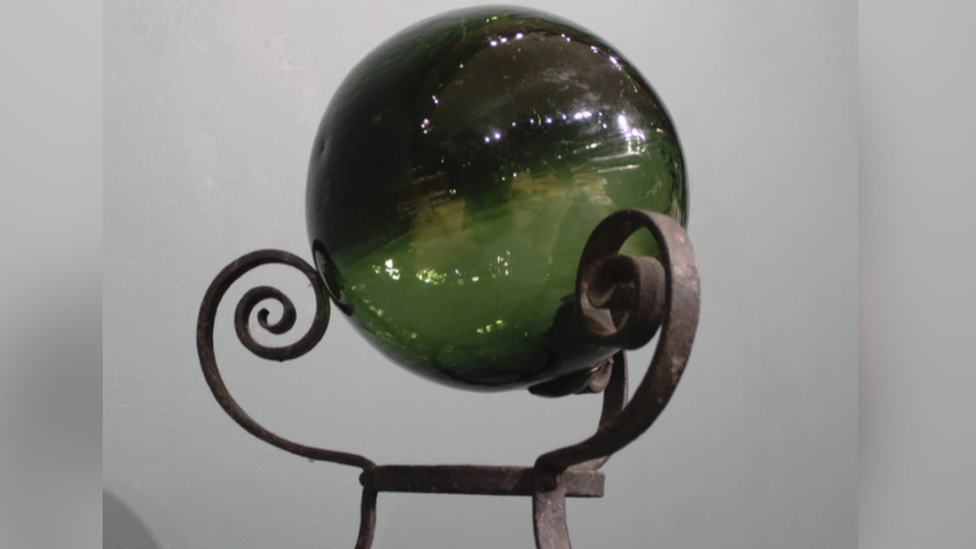
More than 200 items are on show in the museum, including crystal balls
A witchcraft exhibition at a North York Moors museum will examine how fear led to "magical ways of thinking".
The Believe It Or Not? event at Ryedale Folk Museum near Kirkbymoorside features more than 200 objects, from crystal balls to "witch posts".
Researcher Rosie Barratt said it aimed to show how people were "frightened" as life was "unpredictable", whereas people nowadays had more security.
The witchcraft exhibition will run until Sunday 17 November.
Ms Barratt said: "These stories are really important to us in the North York Moors region.
"We know that, for many centuries, people thought in magical ways and we wanted to be able to explore that through many of our objects.
"We have brought together everything from crystal balls, which were passed down through generations of women accused of witchcraft, all the way through to the everyday objects people marked with protective markings."
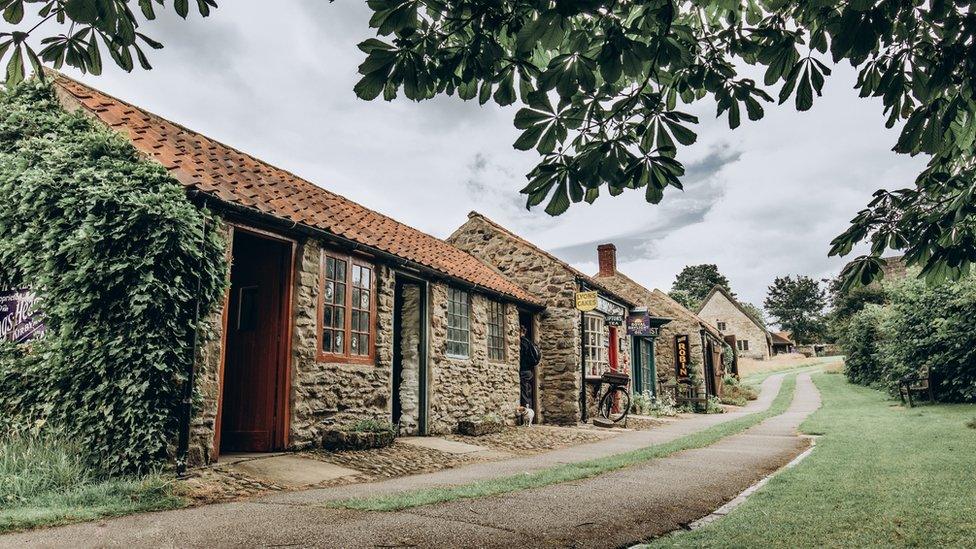
The Believe It Or Not? exhibition explores witchcraft and folk beliefs
Ms Barratt explained many women in Ryedale faced accusations of witchcraft, adding: "We have evidence from a manuscript called the Calvert manuscript, from the early 19th Century, that every village had its own witch and we have got their names recorded.
"We are trying to tell the story of those individual women.
"It is really important to us that we remember their names, that we remember them as real women who could have been mothers or sisters or daughters, rather than that generic term 'witch'."
The exhibition also explores why people at the time were so superstitious.
Ms Barratt said: "Fear and insecurity led to magical ways of thinking, it led to people wanting to shore up their houses through protective methods and it led to people blaming and pointing the finger."
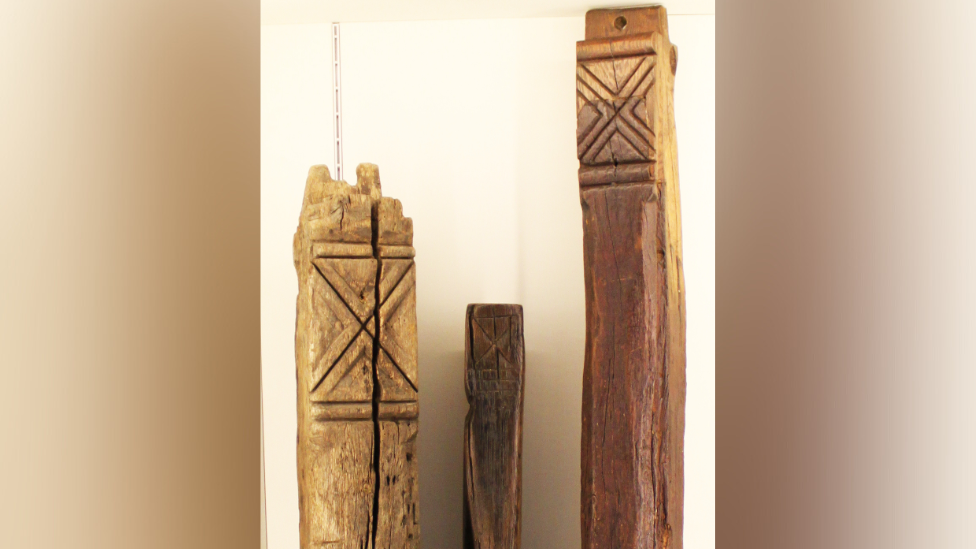
Witch posts were adorned with protective markings
One of the ways to protect the household was to mark items with the St Andrew's Cross or "saltire".
Museum director Jennifer Smith noted the markings on the witch posts displayed in the museum.
"You can see the saltire on these curious posts and it's in the shape of an 'X' to symbolise the fact that people wanted to protect their homes, which was a very common marking in protection," she explained.
"Just like as we cross our fingers today for good luck."
Ms Smith asked for members of the public who had seen - or who might own - witch posts to get in touch.
"We really want to get people to help us build up a database about where these incredible and quite rare objects might be," she added.

Follow BBC Yorkshire on Facebook, external, X (formerly Twitter), external and Instagram, external. Send your story ideas to yorkslincs.news@bbc.co.uk, external
Related topics
- Published17 March 2024
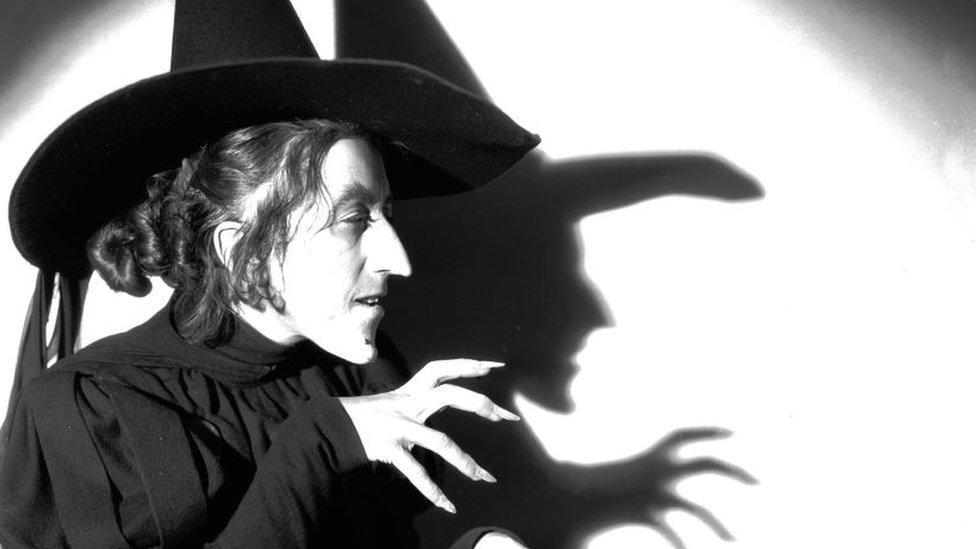
- Published20 September 2023
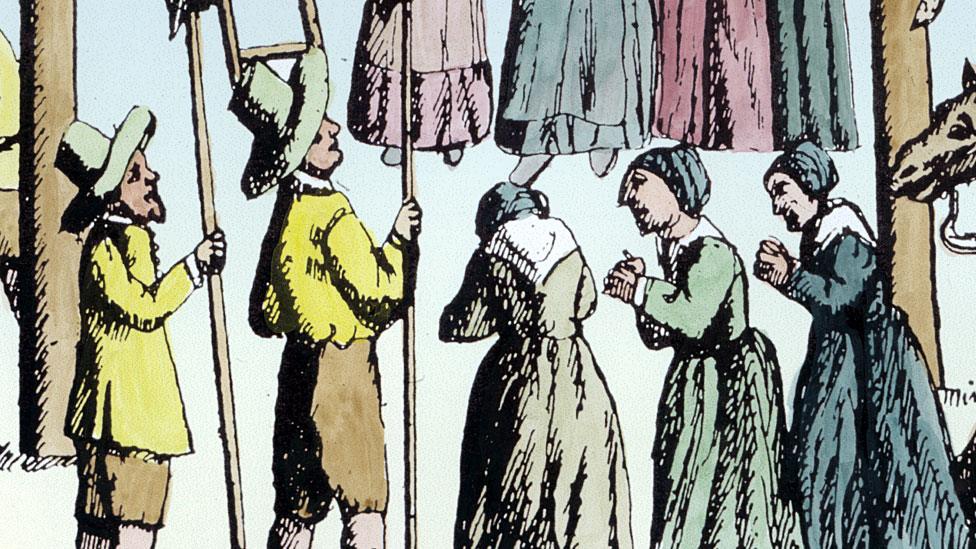
- Published8 March 2022
